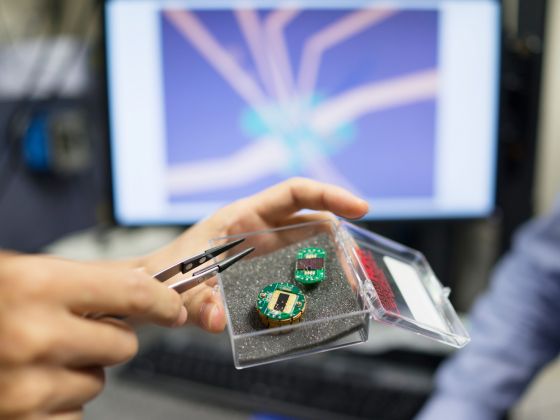http://www.engadget.com/2015/11/16/graphene-thermal-infrared-imaging/
Graphene chip 200 times more sensitive than silicon and will be lower cost
http://nextbigfuture.com/2015/10/graphene-chip-200-times-more-sensitive.html
Researchers from the National University of Singapore (NUS) have developed a new material that can potentially replace the silicon widely used in sensor chips in appliances, paving the way for smaller and cheaper electronic products. A new graphene-based sensor chip is more than 200 times more sensitive than current chips available in the market that use silicon or indium antimonide.
Supported by boron nitride substrates, the graphene-based sensor chip forms an interface whereby electrons can move very fast in the material.
“These electrons can thus respond to magnetic fields with greater sensitivity,” said the professor, who is from NUS’ Department of Electrical and Computer Engineering. The material is in the process of getting patented.
In addition, the graphene material is also flexible “like paper” — which makes it suitable to be incorporated into wearable technology — and demonstrates stable performance across temperature changes. Current silicon-based sensor chips will break when bent, and change in properties between room temperature and 127°C — the maximum temperature at which most electronic products operate — affecting their reliability.
With a graphene-based chip, the NUS researchers found a gain in sensitivity of more than eight-fold at 127°C. This makes it a suitable chip for environments with a higher temperature.
Said Prof Yang, “This can axe the need for the current temperature correction mechanism in car sensors, for example. There are about 30 to 40 magnetic sensors ... in a car alone.”
- Forums
- ASX - By Stock
- MRF
- Formerly Known As Smurf
Formerly Known As Smurf, page-18
-
- There are more pages in this discussion • 2 more messages in this thread...
You’re viewing a single post only. To view the entire thread just sign in or Join Now (FREE)










